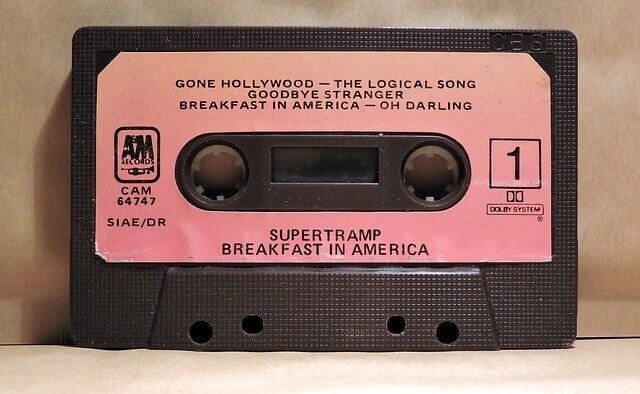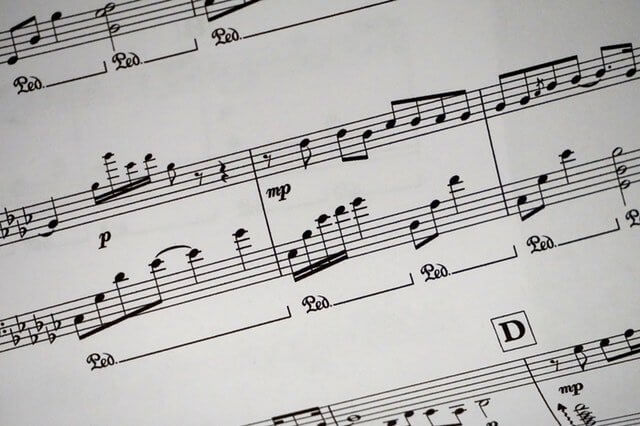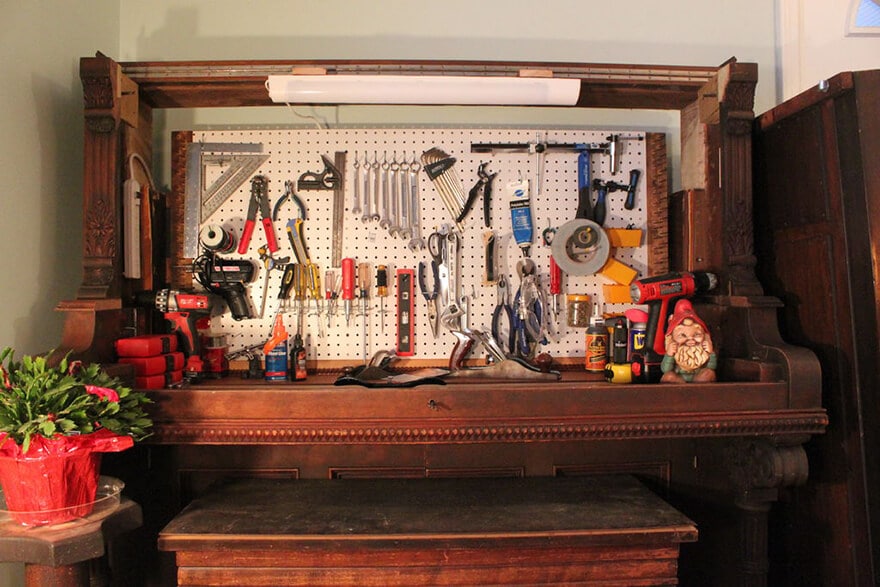*Keyboardkraze now has a nearly 24/7 chat service directly with me should you have any questions regarding keyboard/plugin choices! This is connected directly to me and it is not AI.
Table of Contents
A prepared piano in the simplest sense is a piano that has been altered to sound differently. In order to do this, composers place objects between or on the strings to produce an unusual tonal effect.
In this article, we are going to talk about some famous prepared piano composers as well as some great techniques that can be used to alter the tone of your pianos.
This can be extremely helpful if you’re a composer looking to think outside of the box & experiment with some crazy sounds.
Let’s take a look at who came up the idea of preparing a piano & let’s us also look at a timeframe.
Who Came Up With Prepared Piano & When?
The general idea of altering the pianos sound was made famous in the early 1900s when Henry Cowell decided to have students pluck, thump, & sweep the strings from inside the piano.
The idea was to give the piano a different sound than the traditional keys do.
Shortly after, the prepared piano that we know it was discovered by John Cage. In 1940, John Cage found himself needing one instrument that could produce a tone & percussion at the same time.
He then decided to alter the pianos sound by place everyday objects on and between strings. John Cage has used so many different objects, however, his most famous piece of work included the following objects:
- screws
- bolts
- nuts
- plastic
- rubber
It is important to note that when done right, you won’t damage a piano or its strings when preparing it. With this being said, you can destroy the strings if done wrong.
I would recommend consulting a professional or doing a lot of research on how to prepare a piano by watching videos. Here is a great video below on how to prepare a piano.
Below is the manual to John Cage’s most famous piece.

Best Ways To Prepare A Piano
Here are some popular ways you can change and shape the sound of your piano at home.
1) Screw & Bolt Piano
If you’re looking to attempt this, I would recommend Youtube. This is a type of prepared piano technique that John Cage made famous. There are a number of videos on Youtube that walk you through how to do this.
I would advise caution when attempting this. It will provide your piano with a nice percussive sound in the background of your pieces.
Because Steinway pianos cost so much, I’m not certain I would attempt something like this. I would rather attempt it on something much cheaper, even though they recommend grand pianos.
2) Tack Piano
The tack piano is my favorite type of sound out of these techniques. In order to achieve this sound, there are couple of different things you can do.
The traditional way is to insert metal tacks into the strings hammers. When the hammers hit the strings, you will hear the metal noise.
The sound that the tack piano creates is very similar to the honky tonk sound which is abnormally bright. I’ve personally always loved this sound, but not everyone enjoys it.
If you are looking to do this without hurting your piano, here is a great video demonstration in which you create a mandolin rail.
Here’s a video below:
3) Ocean Piano
The ocean piano is a technique in which you heavily dampen the sound. While you can already get a similar sound by using the soft pedal on a piano, there is another way.
By taping pieces of felt atop the piano strings, you can get an extremely damp sound, the would also be great if you live in an apartment and want to be quiet.
Here is a video below of this prepared piano technique:
4) Plucked Piano
By plucking piano strings with something like a guitar pick, you can create some harmonics. The sound is really interesting and it is definitely worth checking out.
Wrapping Up
I hope you found this article on different techniques of prepared piano interesting. If so, let us know below!







